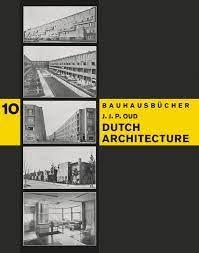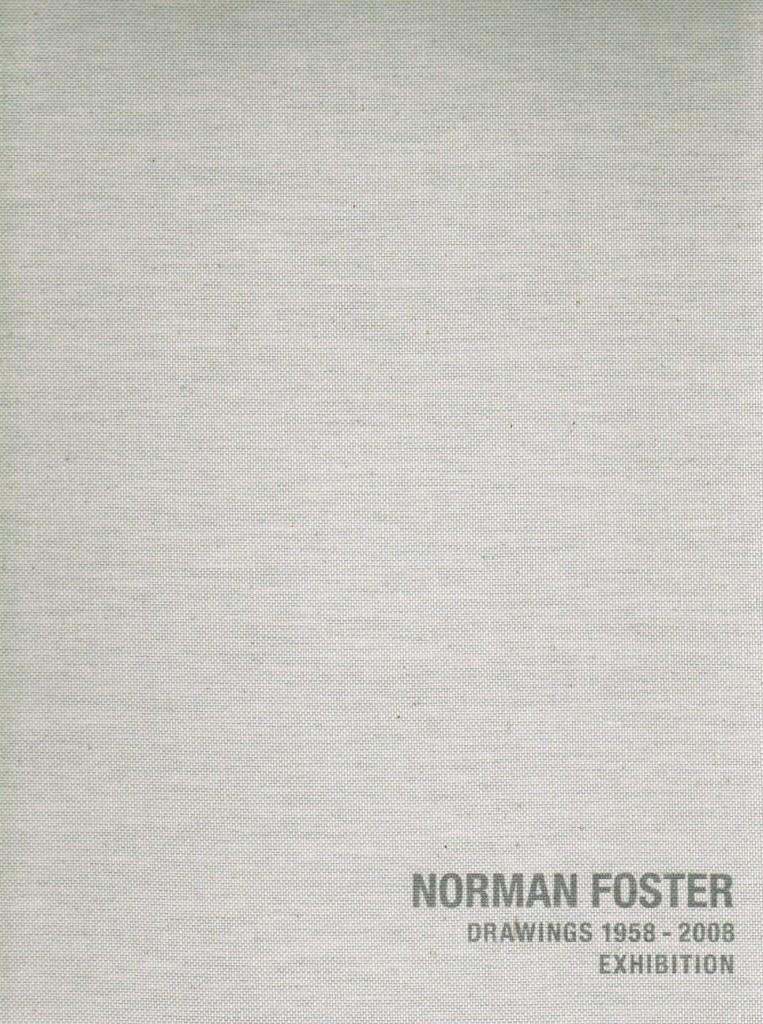J.J.P. Oud Poetic functionalist 1890-1963 The complete works

This comprehensive overview of the life and work of J.J.P. Oud is a monumental scholarly achievement and will stand as the definitive statement on the career of one of the pioneers of modern architecture. Oud was an early proponent of the International Modern style, and in 1917 More…was one of the cofounders, along with Theo van Doesburg and Piet Mondrian, of the Dutch art and architecture movement De Stijl. This book presents, in a clear and accessible manner, an immense body of material, including descriptions, sketches, drawings, and photographs of his projects, realized and unrealized, as well as published articles and Oud’s correspondence. His own writings provide valuable insights into his activities, documenting his involvement in De Stijl and the Congres International d’Architecture Moderne (CIAM), his lectures and travels, his participation in exhibitions, and his personal and professional relationships. The introduction is a biography of Oud’s life and work, and provides context for the rest of the volume. At over 600 pages, and fully illustrated, this book is by far the most comprehensive ever published on Oud.
Jacobus Johannes Pieter Oud was born in Purmerend, Holland, in 1890. Educated at the Arts and Crafts School in Amsterdam and at the Technical University in Delft, he worked for Theodor Fischer in Munich before settling in Leiden.~An original member of De Stijl, Oud eventually left the group due to philosophical disagreements. In 1918 he became Municipal Housing Architect for Rotterdam. In 1933 he established his own practice. As a young socialist, Oud stimulated an international and regional trend toward functionalism. He wrote magazine articles, acted as a correspondent for Soviet architectural journals, and contributed a book on Dutch architecture to the Bauhausbucher series. Oud’s best-known works are for housing schemes in expanding areas. During and after World War II he became involved in larger commercial projects, but these never achieved the clarity of his early housing. Considered a pioneer of Dutch Functionalist architecture, Oud died in Wassenaar, Holland, in 1963.
Essays by Dolf Broekhuizen, Ed Taverne, Martien de Vletter and Cor Wagenaar.
800 color illustrations
Out of stock
Out of stock


